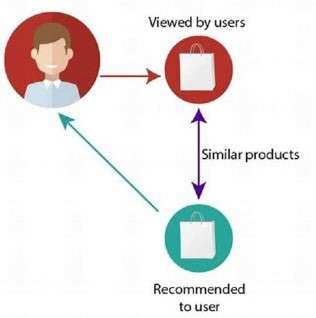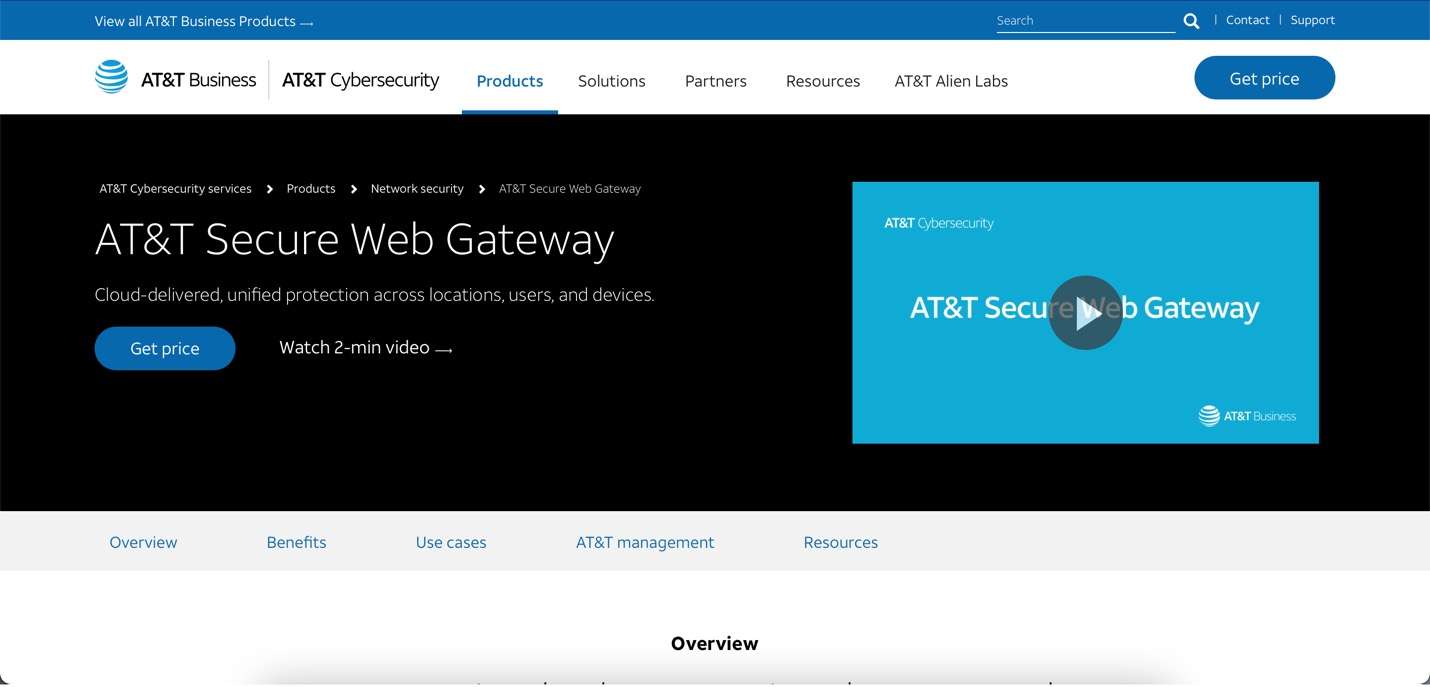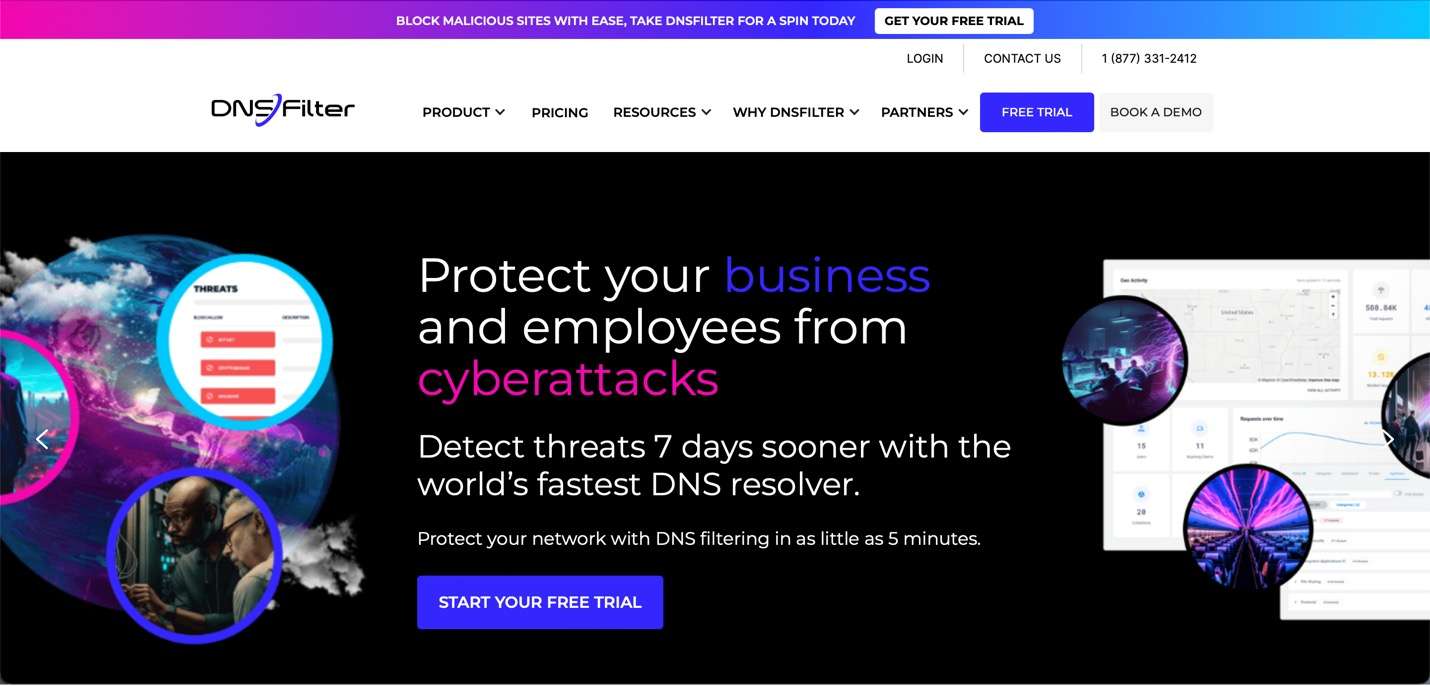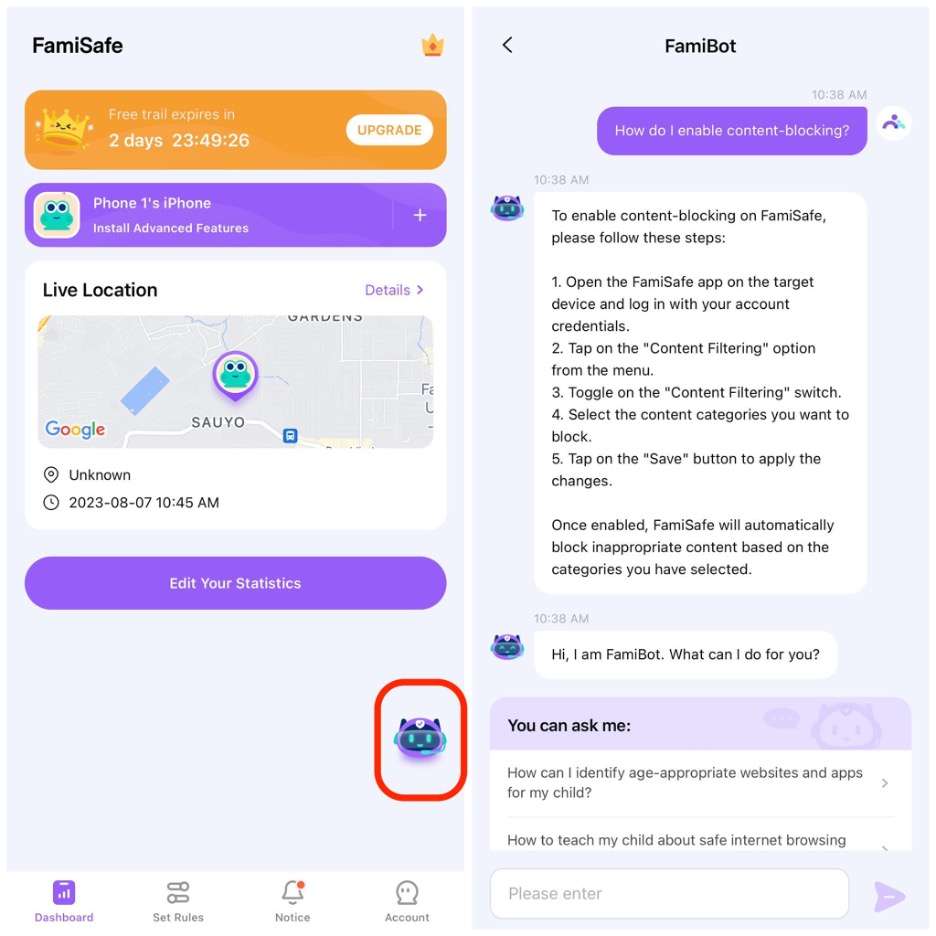
The internet is a great place to shop for things you like. Websites like AliExpress, Amazon, and eBay let you buy almost anything online. These sites use filters to show something you might be interested in. This makes your shopping experience more personalized.
They use two main methods for this: content-based filtering and collaborative filtering. These techniques help you find products that match your interests. This article will explain how content-based filtering works. It will also suggest some software you might need.
In this article
Recommender systems are powerful tools. They suggest items or content to users based on their preferences and interests. These systems enhance the user experience by offering personalized recommendations.

Collaborative filtering looks at what users do to find patterns and similarities. It suggests items based on what people with similar tastes like. If two users are alike and one has bought or rated something, the system can indicate that to the other user.
Collaborative filtering can know little about the items themselves. It pays attention to how users interact with those items.
What is content-based filtering? It is a way to recommend things to people. It’s based on what they have already liked or shown interest in. It looks at the characteristics of the items themselves. Then, it suggests other similar items. For instance, say you have bought or looked at specific items online. The system will mean more things like those items for you to consider.
It is helpful for new users who have yet to interact with the system. It can still make sound recommendations based on limited activity.
Hybrid recommender systems are like a mix of two flavors: collaborative filtering and content-based filtering. They use both to give better recommendations because each method has strengths and weaknesses. They make the suggestions more accurate and varied. Big platforms like Netflix and Amazon use these hybrid systems a lot.
The systems using these filtering methods can suggest things to users. It is based on what they’ve done before or the characteristics of the items. Collaborative filtering, content-based filtering, and hybrid recommender systems are the main approaches to do this. Each method has its advantages in matching what users like.
Content-based filtering is a popular approach used in recommender systems. They suggest items based on the characteristics and attributes of those items. Collaborative filtering relies on user behavior. Content-based filtering focuses on items and their relevant features.

This section will review how it works and its advantages and disadvantages. It will also show you some examples of content-based filtering software.
Content-based filtering uses two main components: the attribute system and the user profile.
- Attribute System. In a content-based filtering setup, each item is described by attributes or features. These attributes include genre, keywords, metadata, or other relevant information. What’s important is that there are datasets for item characteristics.
- User Profile. The system creates a user profile based on the items the user has interacted with or shown interest in. The user profile represents the user’s preferences. It’s derived from the attributes of what they viewed, bought, or rated. It captures what the user seems to prefer based on the content of those items.
The algorithm matches item attributes in the attribute system to the user profile to make recommendations. It identifies items with features similar to those in the user profile and suggests them to the user. Say that a user seems to like smartphones. Then, the system will recommend more smartphones to that user specifically.
Content-based filtering has the following advantages:
- Personalization. It provides personalized recommendations tailored to each user’s interests. That leads to a relevant and satisfactory shopping experience.
- Independence from User Community. Content-based filtering doesn’t rely on other user profiles. Thus, it can work well for new applications or platforms with new users.
- Transparency. The recommendations are provided according to item attributes. Thus, users can determine their algorithm. This provides some transparency that can allow the user to tailor their experience.
However, content-based filtering has some limitations:
- Limited Serendipity. Recommendations are based on the attributes of known items. Content-based filtering might need help to introduce users to new or unexpected things. Serendipity refers to the ability of recommender systems to suggest new content to users.
- Over-Specialization. The system recommends based on user interaction history. Thus, it can narrow down the user’s exposure to new content.
- Cold Start Problem. The system may need help generating accurate recommendations for new users without interaction history. It requires user data to create a truly personalized experience.
Content-based filtering is not only used on recommender systems. Several software solutions use content-based filtering for web security and filtering purposes. Some notable examples include:
AT&T’s solution incorporates content-based filtering to protect users. This way, malicious websites and content are out of the picture. It does that by analyzing the attributes of web pages and filtering out potential threats. It can work on several locations and devices.

Barracuda Web Security Gateway
Barracuda employs content-based filtering to control web access and protect against web-borne threats. It categorizes websites based on their attributes. It is then used to allow or block access accordingly.

Cisco Umbrella uses content-based filtering as well. It prevents users from accessing malicious or inappropriate content. The umbrella analyzes the attributes and categorization of websites. It is a cloud-based content-filtering solution so you can protect users on your network.

Comodo’s security products often include content-based filtering capabilities. Its main goal is to protect users from online threats. Comodo enforces acceptable use policies based on content attributes. It’s based on an open-source endpoint detection and response platform.

DNSFilter utilizes content-based filtering to block access to malicious websites. Like the other software above, it can enforce policies based on website attributes. This program is mainly geared toward businesses.

Part 3. Bonus: Content-Based Filtering on Kids’ Phones With Wondershare FamiSafe’s AI Power
While content-based filtering is a practical approach in recommender systems and web security solutions to provide personalized recommendations, it . It can also protect users from harmful content. Various content-based filtering software options cater to different security and filtering needs.
For example, FamiSafe is a helpful app by Wondershare that keeps kids’ phones safe. It does this by finding bad stuff on the internet and blocking it so kids don’t see anything harmful. The app works on different phones, like iPhones and Androids so that many people can use it.
FamiSafe gives parents special tools to filter what kids can see on their phones.
Recently, the app was powered up with AI. This means that it provides a more accurate analysis of content that shows up on your kids’ phones. The result is powerful content-based filtering that will keep your children safe on their phones. If FamiBot finds something bad, parents will get an alert, so they can take action and talk to their kids about it.

With FamiSafe, parents can decide which websites or apps to block and even set time limits for how long their kids can use certain apps.
To start using these features on your kids’ phones, follow these steps:
Step 1: Download and install FamiSafe – Parental Control App on parents’ phone and FamiSafe Kids. on your kids’ phones.
Step 2: Create an account and enter login credentials. Take note of the QR code/numerical code on the parent phone. On kids’ phones, enter the code or scan the QR code.

Step 3: Complete the required information on the kids’ phone and follow the steps to install FamiSafe Kids successfully.

Step 4: Click the Set Rules menu on the parent phone and enable content-based filtering options. Here’s what they do:
- Web Filter. This powerful feature automatically filters web content that is inappropriate for your kids. You can choose which content you don’t want your kids to see.
- Safe Search. Safe search ensures that no explicit or inappropriate content will appear in your child’s searches. This works on almost any search engine.
- App Blocker. This feature is a powerful tool that blocks certain apps. It also blocks apps from showing explicit content and alerts you immediately.

Step 5: If you need further assistance, click the floating robot icon to access FamiBot on the parent phone. Ask away for any of your needs.

Content-based filtering plays a crucial role in the personalization of apps. It can also play a significant role in safeguarding users. It can protect users from inappropriate content. The vastness of online content poses risks, especially for businesses. To address this, companies must use content-based filtering software.
Moreover, FamiSafe ensures a safer online experience for your kids. It analyzes content attributes and enforces the appropriate restrictions. This grants parents peace of mind. It also empowers children to explore the digital world. With FamiSafe, parents can guide their children’s internet usage. Give it a try and see the power of content-based filtering.
